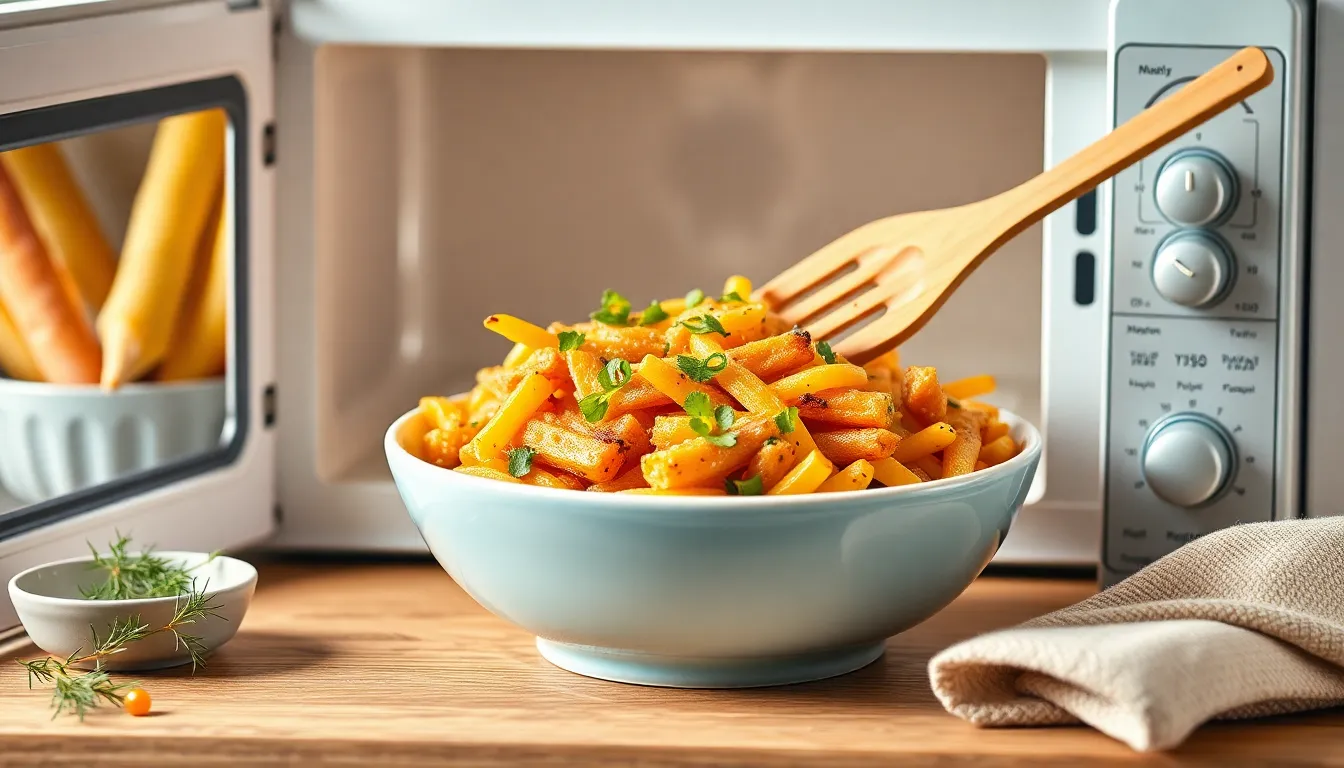Microwave Cooking: The Best Tools for Success
Microwave cooking has become an essential part of modern kitchens, providing a quick and efficient way to prepare meals. With busy lifestyles and the demand for convenience, many people rely on their microwave ovens for everything from reheating leftovers to cooking full meals. However, the success of microwave cooking largely depends on having the right tools at your disposal. In this article, we will delve into the best cookware, accessories, and tips to ensure your microwave cooking experience is both efficient and enjoyable.
Section 1: Essential Microwave Cookware
1.1 Microwave-Safe Containers
When it comes to microwave cooking, the first thing you need is the right cookware. Microwave-safe containers are designed to withstand the heat produced by the microwave without leaching harmful chemicals into your food. Here are some materials to consider:
- Glass: Non-reactive and does not leach chemicals, making it ideal for reheating and baking.
- Ceramic: Great for serving and cooking, but ensure that it is labeled microwave-safe.
- Silicone: Flexible and versatile, perfect for steaming and baking.
When choosing microwave-safe containers, look for key features such as:
- BPA-free materials
- Heat resistance up to 425°F
- Non-porous surfaces to prevent staining and odors
1.2 Steamers and Cookware
Using steamers in the microwave is one of the healthiest ways to cook vegetables, preserving their nutrients and flavor. Microwave steamers are specifically designed to allow steam to circulate, cooking food evenly and quickly.
Benefits of using steamers:
- Retains nutrients and flavors in food.
- Reduces cooking time compared to traditional steaming methods.
- Easy to clean and often dishwasher safe.
Some recommended types of microwave steamers include:
- Silicone steamers: Flexible and easy to store.
- Plastic steamers: Lightweight and often come with lids.
- Glass steamers: Durable and good for even cooking.
1.3 Microwave-Safe Covers
Using covers while cooking in the microwave is essential to prevent splatters and retain moisture. Covers can also help food cook more evenly.
Types of covers include:
- Vented lids: Allow steam to escape while covering the food.
- Microwave splatter guards: Designed specifically to prevent messes in the microwave.
1.4 Recommended Microwave Cookware
| Product | Material | Best Use | Price Range |
|---|---|---|---|
| Pyrex Glass Dish | Glass | Baking, reheating | $10-$25 |
| Silicone Steamer | Silicone | Steaming vegetables | $15-$20 |
| Microwave Cover | Plastic | Prevent splatter | $5-$15 |
| Microwave Safe Bowl Set | Plastic | Serving, reheating | $10-$30 |
Section 2: Accessories to Enhance Your Cooking Experience
2.1 Microwave-Safe Utensils
Using the right utensils is just as important as having the right cookware. Metal utensils can cause sparks in the microwave, so always opt for microwave-safe options.
Recommended materials for microwave-safe utensils include:
- Silicone: Heat resistant and non-stick properties.
- Plastic: Lightweight and affordable, but ensure they are labeled as microwave-safe.
- Wood: Naturally heat-resistant and safe for most microwave uses.
2.2 Kitchen Thermometer
Checking the internal temperature of food is crucial to ensure it is cooked safely. A kitchen thermometer eliminates guesswork and helps prevent overcooking.
Benefits of using a kitchen thermometer:
- Ensures food is cooked to a safe temperature.
- Helps achieve desired doneness for meats and baked goods.
- Reduces food waste by preventing overcooking.
Recommended types of thermometers include:
- Digital instant-read thermometers: Quick and easy to use.
- Probe thermometers: Great for monitoring temperature during cooking.
2.3 Microwave-Safe Food Storage
Proper food storage is essential for maintaining freshness and preventing spoilage. Using microwave-safe food storage containers allows for easy reheating directly from the fridge or freezer.
Recommendations for storage containers include:
- BPA-free plastic containers for easy stacking and storage.
- Glass containers with airtight lids to keep food fresh.
- Silicone bags for a reusable, flexible storage option.
Section 3: Tips for Successful Microwave Cooking
3.1 Understanding Cooking Times
Microwave cooking times can vary based on the wattage of your microwave, the type of food, and the volume being cooked. Understanding these factors can help you adjust cooking times accordingly.
- Wattage: Higher wattage microwaves cook food faster. Adjust cooking times if your microwave is lower in wattage.
- Stirring: Stirring food halfway through cooking helps distribute heat evenly.
- Rotating: If your microwave doesn’t have a turntable, manually rotate the dish to ensure even cooking.
3.2 Using Microwave Power Levels
Microwave ovens have various power levels that can be adjusted based on what you’re cooking. Lower power levels are often recommended for delicate foods that can easily overcook.
Here’s how to effectively use different power levels:
- High (100%): Best for boiling water, cooking vegetables, and reheating leftovers.
- Medium (50%): Suitable for cooking casseroles or defrosting meat.
- Low (10-30%): Ideal for softening butter or melting chocolate.
3.3 Safety Tips
Using a microwave safely is crucial to prevent accidents and ensure food safety. Here are some important tips:
- Always use microwave-safe containers and utensils.
- Allow steam to escape from covers carefully to avoid burns.
- Use oven mitts when removing hot food from the microwave.
- Never operate an empty microwave as it can cause damage.
Conclusion
Microwave cooking can be a quick and convenient way to prepare meals, but having the right tools is essential for success. From choosing microwave-safe containers to understanding power levels and cooking times, being well-equipped can enhance your cooking experience. By following the tips and utilizing the recommended cookware and accessories outlined in this article, you can master microwave cooking and enjoy delicious meals with ease.




